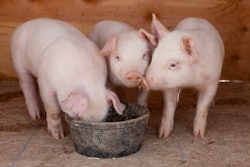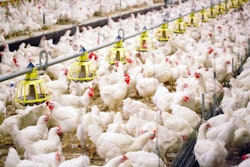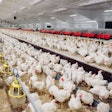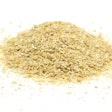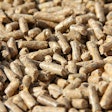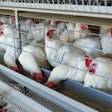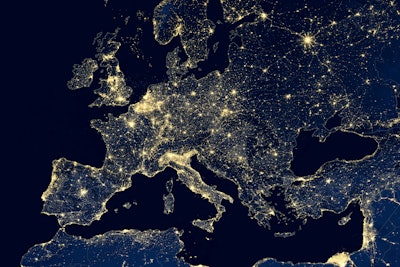
It has often been said by officials that the EU is not self-sufficient in animal feed protein. This can explain the many initiatives in increasing local production of soy and rapeseed meal. This is important for older animals, but it becomes imperative for young ones that require more refined protein sources. Importing raw materials only increases the final cost of the specialty protein and the resulting complete feed offered to young animals. Thus, there are several efforts within the EU to increase production of locally sourced specialty proteins. Here's a short list of some of these efforts.
1. Soy proteins. This cannot be ignored, as soy remains a reference protein. Although most specialty soy proteins are derived from imported soybeans, there are efforts to produce such refined products only from EU-sourced soybeans.
2. Fish byproduct (waste) protein. With a couple of notable exceptions, the EU is not a major producer of regular fish meal. But aquaculture there is strong and there is a huge stream of processing waste. There are several efforts (not all of them successful) to concentrate the protein in this waste stream to offer a product that could potentially replace imported or locally produced (but super expensive) fish meal.
3. Vegetable proteins. These exist, but they are prohibitively expensive as competition from the human food industry makes them virtually unavailable. There are some attempts to isolate proteins from barley, alfalfa, rapeseed, etc., but most of them remain on a pilot scale.
4. Bacterial proteins. A byproduct of several industries that rely on fermentation processes, these have a variable origin, composition and performance. The goal is to produce bacterial proteins tailored for animal feeding from the beginning. The cost is high, and the attempts so far have not been industrialized, but this is an area where the EU can make a breakthrough.
5. Animal proteins. With the recent lift of the ban on slaughterhouse waste recycling through animal feeds, there is a clear winner as this can be a major source of high-quality protein for young animals. However, the EU has self-defeated the purpose of the lift on this ban by making it impossible to use such products on feeds for the same species. Most feed mills in the EU make feed for many species and cannot have a separate production line for each one.
6. Free amino acids. Their use has been a matter of discussion in many conversations, blogs and articles, and they can reduce dependency on natural proteins without sacrificing animal performance – at least when used within the right context. However, producing them locally does not seem to be a profitable business, as imported ones always appear less expensive. But some would be interested to know if such imported materials are helping the EU achieve its goals for climate change reversal and global sustainability.


